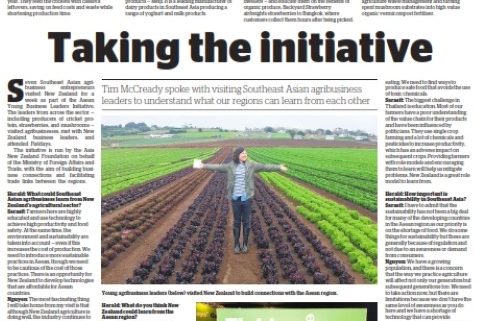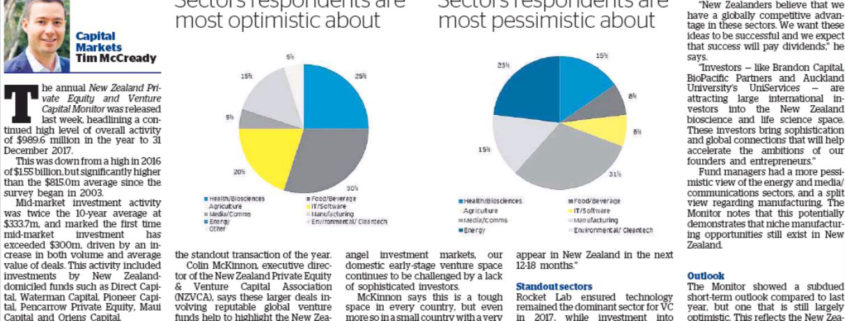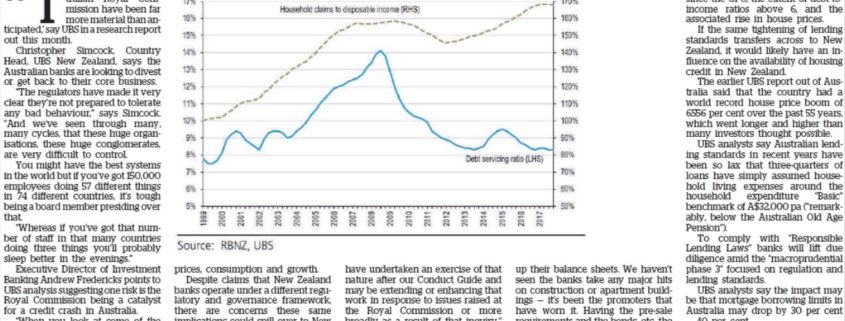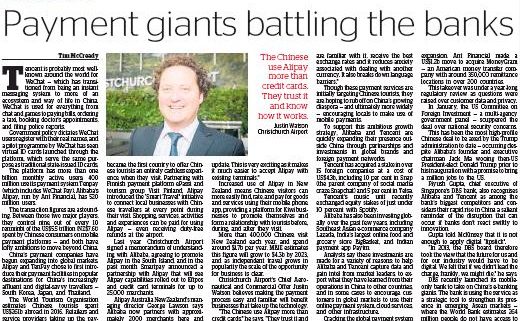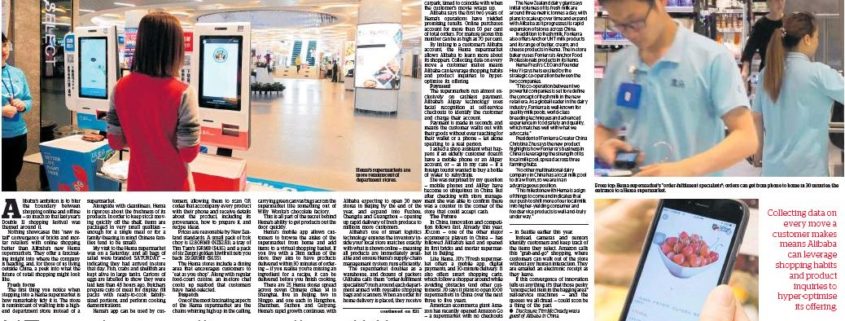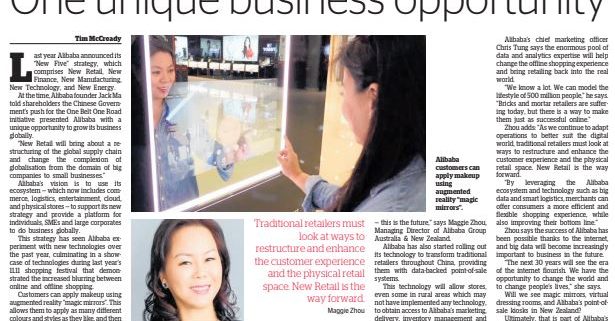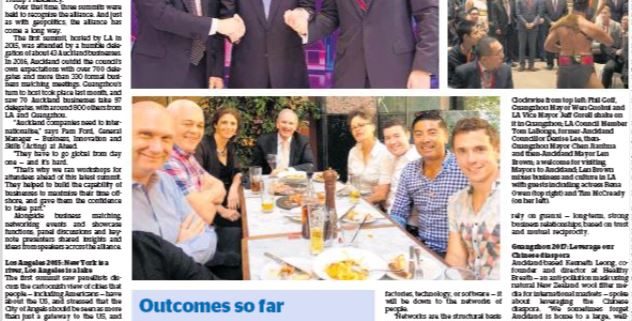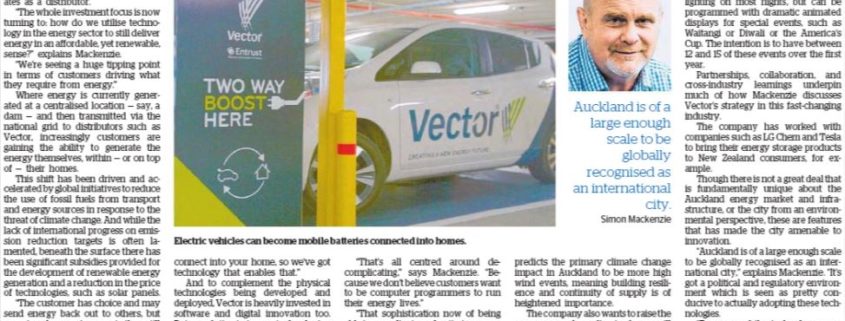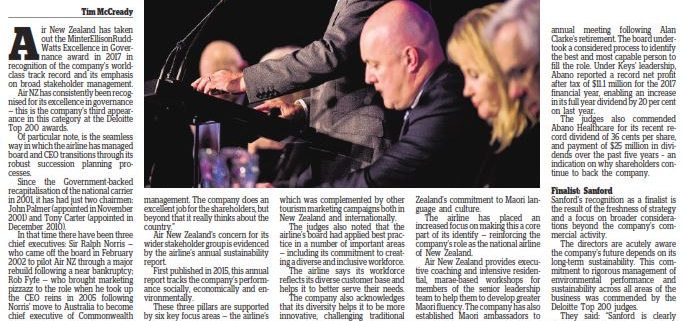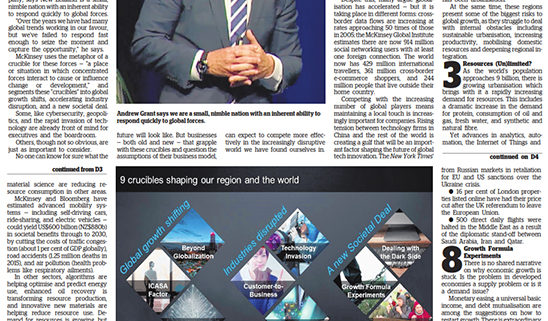Agribusiness: Taking the initiative (NZ Herald)
Tim McCready spoke with visiting Southeast Asian agribusiness leaders to understand what our regions can learn from each other.
Seven Southeast Asian agribusiness entrepreneurs visited New Zealand for a week as part of the Asean Young Business Leaders Initiative. The leaders from across the sector — including producers of cricket protein, strawberries, and mushrooms — visited agribusinesses, met with New Zealand business leaders, and attended Fieldays.
The initiative is run by the Asia New Zealand Foundation on behalf of the Ministry of Foreign Affairs and Trade, with the aim of building business connections and facilitating trade links between the regions.
Herald: What could Southeast Asian agribusiness learn from New Zealand’s agricultural sector?
Sarasit: Farmers here are highly educated and use technology to achieve high productivity and food safety. At the same time, the environment and sustainability are taken into account — even if this increases the cost of production. We need to introduce more sustainable practices in Asean, though we need to be cautious of the cost of those practices. There is an opportunity for New Zealand to develop technologies that are affordable for Asean countries.
Nguyen: The most fascinating thing I will take home from my visit is that although New Zealand agriculture is doing well, the industry continues to look for better efficiency, new value-added products and sustainable measures — you’re always thinking of the next step despite being ahead of the world in many areas. That said, I believe there are further opportunities available to develop products that will ensure New Zealand agricultural products become even higher value.
Ou: The attitude Kiwis have towards agriculture is positive and a good example for Asean countries to learn from — farming is a very respected industry here, which is often not the case in Southeast Asia. We can also learn a lot from Kiwi agribusinesses, particularly how they are not afraid to develop and adopt new technologies. Private businesses and government agencies are working hard to advance the industry as well as protect it.
Phumirat: Asean agribusinesses should be more creative and innovative in their farming practices and encourage farmers to be entrepreneurial. It’s great that in New Zealand entrepreneurs with diverse backgrounds are learning about the farming industry so that they can develop technologies to help — innovation doesn’t always have to originate from the farm.
Herald: What do you think New Zealand could learn from the Asean region?
Sarasit: New Zealand could learn from the diversity of products we have. Asia has so many varieties of finished products that have different flavours, functional ingredients, and health claims. People living in the crowded cities of Asia don’t have a lot of time and are always looking for convenience — such as ready-to-eat and drink products — but they also want good nutrition and a great taste. New Zealand should look to Asean for inspiration to develop more products for local consumers, as well as those offshore.
Ou: With a combined population approaching 650 million, no one can deny that Asean is a goldmine in terms of consumer numbers, but New Zealand seems to be behind when it comes to understanding the region. There is a great opportunity for New Zealand to tap into the Asean market by becoming more involved in the region, establishing collaborations with companies, and strengthening relationships between our respective governments.
Phumirat: New Zealand is very good at producing large quantities of product for exporting, but there is also an opportunity to create niche products for these markets too. There are consumers within the Asean region that are looking for new and exciting products that New Zealand could become competitive in.
Herald: What is the biggest challenge facing agriculture in Southeast Asia?
Nguyen: Vietnam’s population is about 95 million. We are facing a nutrition shortage and food crisis due to inefficient production and a lack of farmers. These two problems are challenging to solve as it requires involvement from both the government and the private sector. We need to make agriculture sexy — including through new technologies and precision agriculture — so that young people are encouraged to farm again.
Ou: The ethics used in farming are alarming. There are too many reported cases where harmful pesticides and chemicals are misused to maximise profit.
Phumirat: The biggest challenge in Southeast Asia is how to introduce more innovation into food production and raise awareness so consumers know what they are eating. We need to find ways to produce safe food that avoids the use of toxic chemicals.
Sarasit: The biggest challenge in Thailand is education. Most of our farmers have a poor understanding of the value chain for their products and have been influenced by politicians. They use single crop farming and a lot of chemicals and pesticides to increase productivity, which has an adverse impact on subsequent crops. Providing farmers with role models and encouraging them to learn will help us mitigate problems. New Zealand is a great role model to learn from.
Herald: How important is sustainability in Southeast Asia?
Sarasit: I have to admit that the sustainability has not been a big deal for many of the developing countries in the Asean region as our priority is on the shortage of food. We do some things for sustainability but these are generally because of regulation and not due to an awareness or demand from consumers.
Nguyen: We have a growing population, and there is a concern that the way we practice agriculture will affect not only our generation but subsequent generations too. We need to take action now, but there are limitations because we don’t have the same level of awareness as you do here and we have a shortage of technology that can provide solutions to the industry. Food safety is of greater concern than sustainability.
Ou: From a Malaysian perspective, sustainability is crucial. Malaysia has one of the oldest rainforests in the world as well as one of the most biodiverse, so maintaining a balance between the environment and using land and forests for agriculture is absolutely vital. Additionally, sustainable practice is important in order to ensure a continuous supply of food that is safe to eat. New Zealand has done a good job by implementing policies and having strict law enforcement that Malaysia can learn from.
Phumirat: In Thailand, most governments and organisations are now aware of the need for sustainability and have put in place policies to address it. There are increasing numbers of farms and businesses that care about climate change, and some consumers are now showing it is important to them by supporting fair-trade farming or local farmers that operate using good agricultural practice principles. Awareness will continue to increase, but we need increased knowledge and technologies that will allow us to produce food in a sustainable way.
Nguyen Hong Ngoc Bich, CricketOne, Vietnam:
Nguyen is co-founder of CricketOne, a company producing sustainable and affordable protein from crickets. CricketOne breeds crickets inside 40-foot containers, allowing them to farm all year. They feed the crickets with cassava leftovers, saving on feed costs and waste while shortening production time.
Kamolrat Sarasit, CP Meiji, Thailand:
Sarasit is the dairy science and technology general manager at CP Meiji, a joint venture between Thailand’s largest private company — CP, and Japan’s market leader in pasteurised milk products — Meiji. It is a leading manufacturer of dairy products in Southeast Asia producing a range of yoghurt and milk products.
Walaiporn Phumirat, Backyard Strawberry, Thailand:
Phumirat is founder and CEO of Backyard Strawberry, an organic strawberry producer in Northern Thailand. Using social media to tap in to dreams of rural life by city-dwellers — and educate them on the benefits of organic produce, Backyard Strawberry airfreights strawberries to Bangkok, where customers collect them hours after being picked.
Wei Wen Ou, Siong Hoong Agro, Malaysia:
Ou is the founder and manager of Siong Hoong Agro, a producer of organic mushrooms and organic mushroom-based products. A major focus of Siong Hoong Agro is secondary agriculture waste management and turning spent mushroom substrates into high value organic vermicompost fertiliser.

